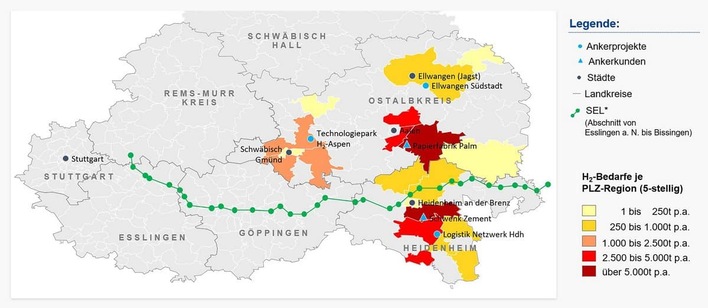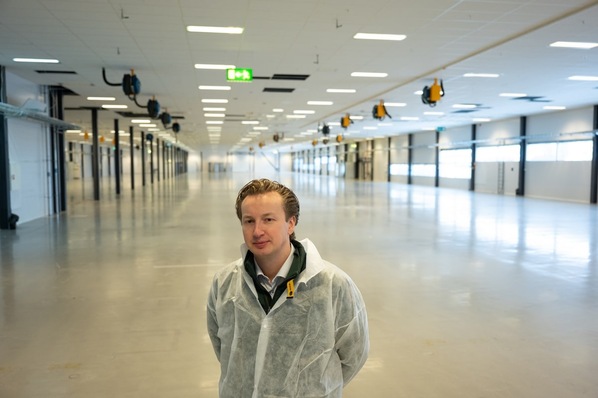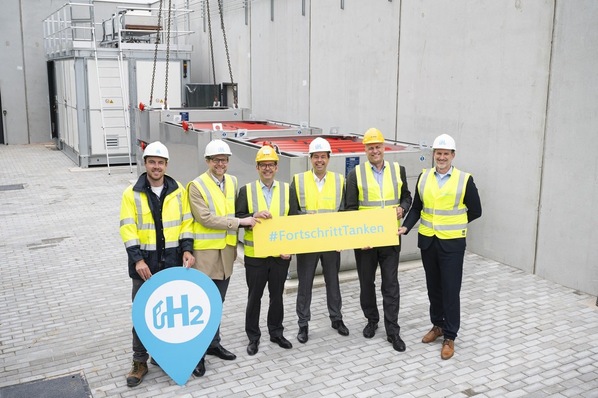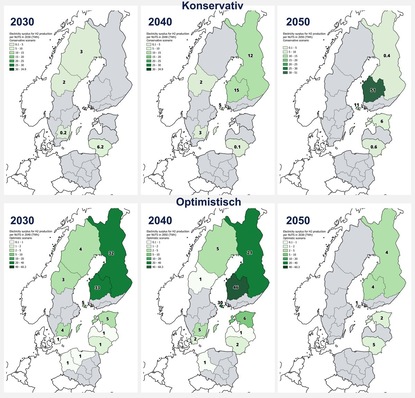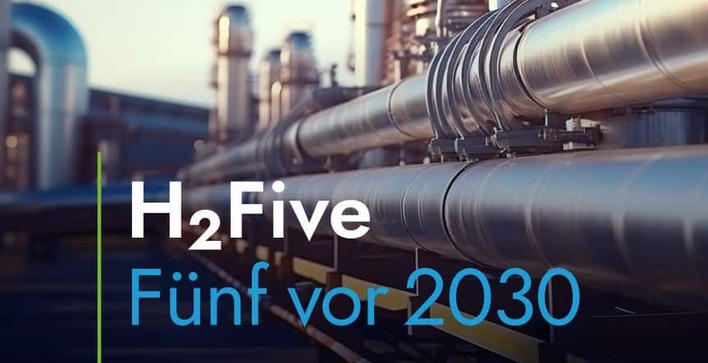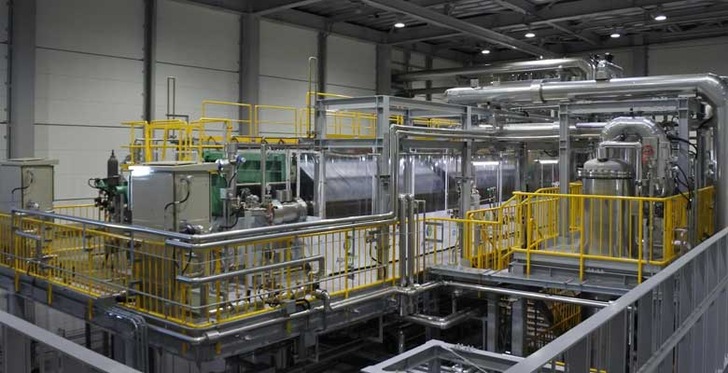
Chairman of the German Hydrogen and Fuel Cell Association, Werner Diwald, makes the assumption that an electrolyzer capacity of between 108 and 350 gigawatts will be needed in Germany alone by the year 2050. For this to be reached, around an extra 5 gigawatts would have to come online each year, starting in 2030. Worldwide, he expects the potential to be over 78,000 gigawatts.
While total installed capacity has long languished in the three-figure megawatt range, the capacity in just the European Union is set to increase to 40 gigawatts by 2030, according to official plans. The actual figure should, however, be far higher if today’s expansion targets are anything to go by. The International Energy Agency has indicated that currently 850 gigawatts of electrolyzer capacity are required globally in order to ensure that climate neutrality is attained by 2045.
Exponential growth expected
Plants are getting bigger. In 2017, the 5-megawatt PEM (proton exchange membrane) electrolyzer installed by Siemens in the Neuhof area of Hamburg was then the largest of its kind. Nearly four years later and that record has been pushed up fourfold. In 2021, Cummins announced that it had brought into service a 20-megawatt PEM electrolyzer, the biggest in operation at that time, at a hydrogen production site belonging to Air Liquide in Bécancour, Quebec. The plant produces 3,000 metric tons of green hydrogen a year, powered by local hydroelectricity which is in plentiful supply.
Work on a further Siemens electrolyzer plant began on June 9, 2021, at the Wunsiedel energy park. This was followed by the arrival of the shipping container with an 8.75-megawatt power input capacity on Nov. 9. The plant is expected to manufacture 1,350 metric tons of green hydrogen on an annual basis starting from summer 2022. Bavaria plans to invest a total of “one billion euros in hydrogen projects” in the next few years according to a statement by Minister President Markus Söder.
Author: Sven Geitmann



